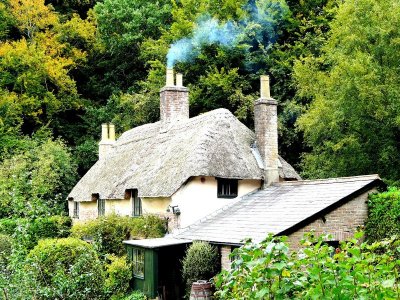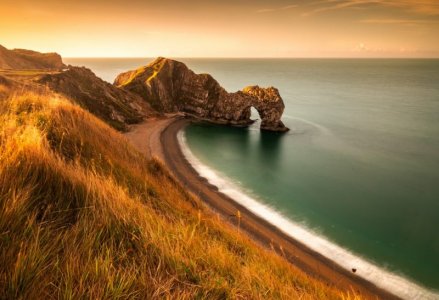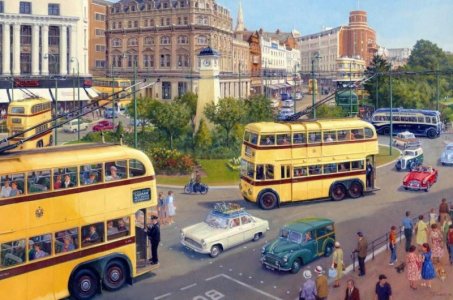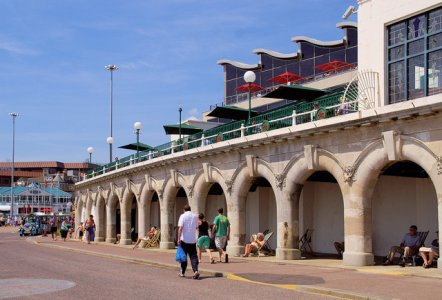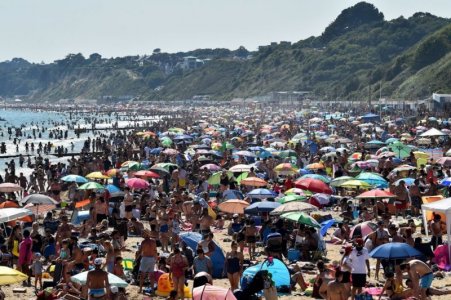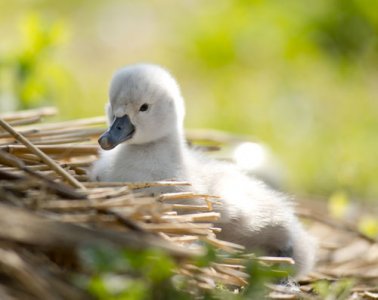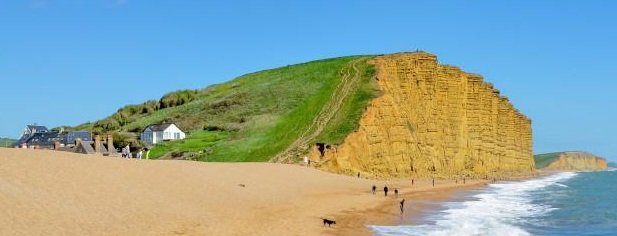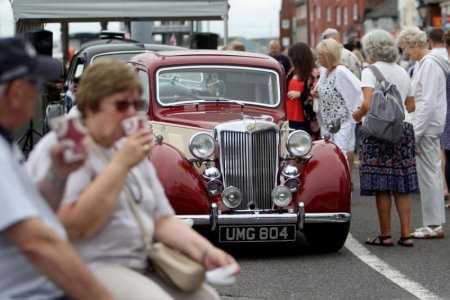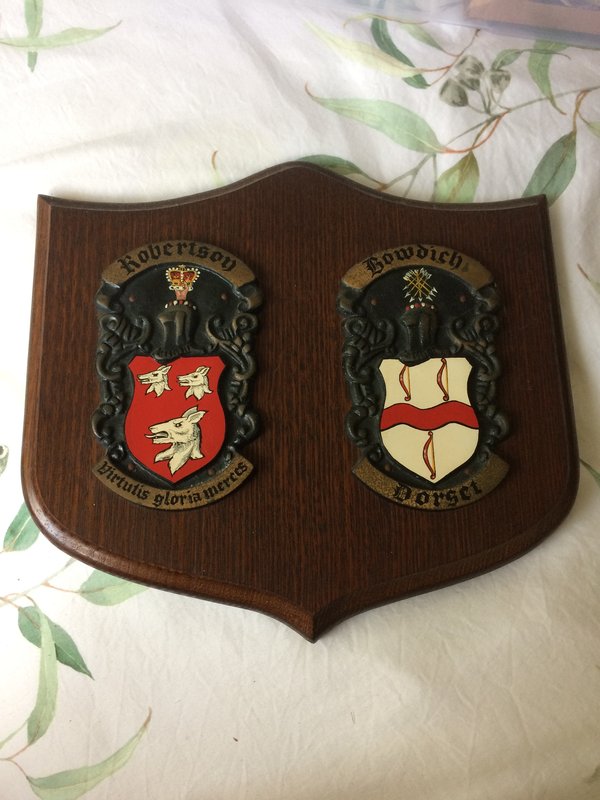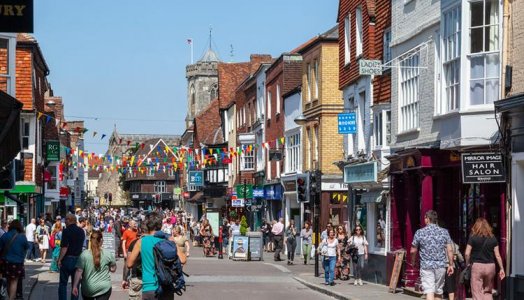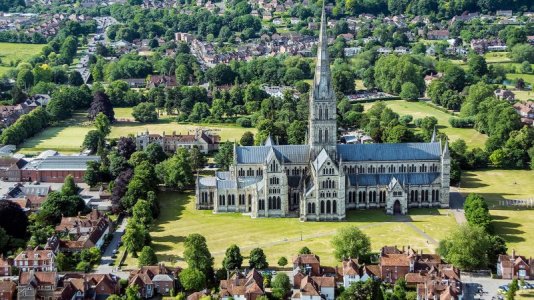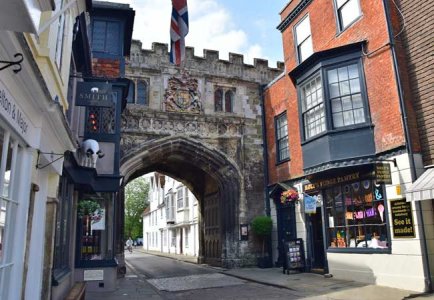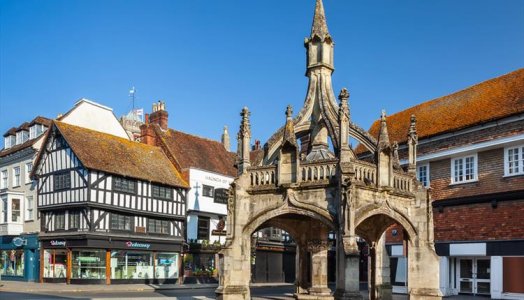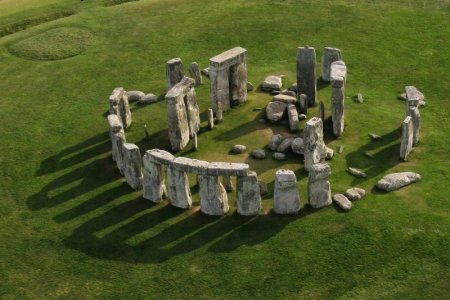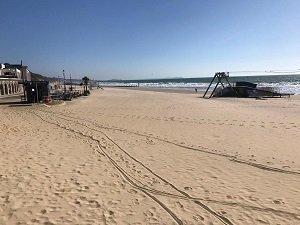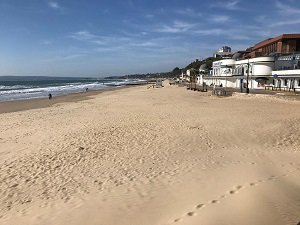horseless carriage
Well-known Member
Dorset has a high number of retirees and older people. It's a part of the UK that is very popular both as a place to live and to retire to. My own retirement gives me the chance to give you a guided tour.
I will start with what is known as: The Isle of Purbeck:
The Isle of Purbeck is a peninsula located on south coast of Dorset. The area is home to some of the country's most well loved and visited towns and landmarks including Swanage, Lulworth Cove, Corfe Castle and Durdle Door. On Purbeck's boundary is Poole Harbour, one of the world's largest natural harbours.
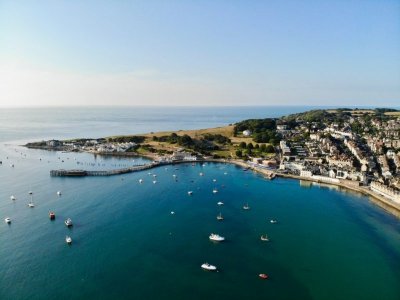
Swanage is a coastal town and civil parish in the south east of Dorset, England. It is at the eastern end of
the Isle of Purbeck and one of its two towns. In the 2011 census the civil parish had a population of 9,601.
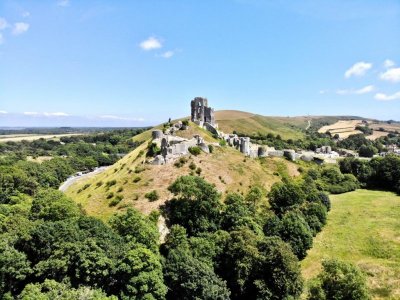
On 5th March, 1646, the Parliament of Oliver Cromwell issued an order for the destruction of Corfe Castle
in Dorset. Cart loads of gunpowder were taken to the castle and then what had been one of the strongest
fortresses in Britain was blasted into the ruin which it remains to this day.
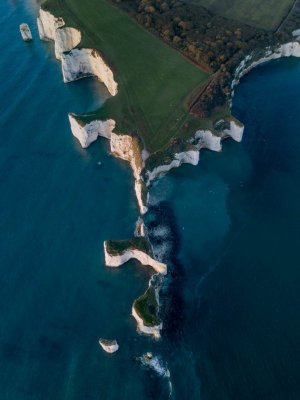
Old Harry Rocks are three chalk formations, including a stack and a stump, located at Handfast Point.
They mark the most eastern point of the Jurassic Coast, a UNESCO World Heritage Site.
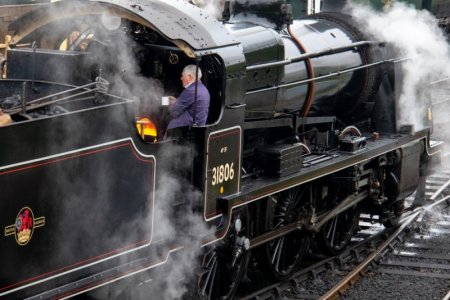
The heritage railway attraction operates full-size steam and diesel passenger trains along the five and
a half miles of line from Norden to Corfe Castle and down to the Victorian seaside town of Swanage.
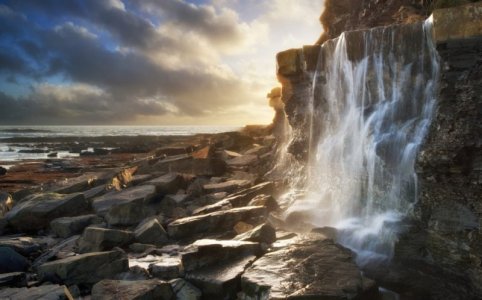
Dorset has very few waterfalls to speak of but at Kimmeridge the falls drop from the cliff top
straight into the sea, although not a huge drop, it can still put on a good show.
I do hope you enjoy this small corner of the county that is my home. There is more to come but for now
there is the small matter of house-husbandly-duties, like vacuum cleaning.
I will start with what is known as: The Isle of Purbeck:
The Isle of Purbeck is a peninsula located on south coast of Dorset. The area is home to some of the country's most well loved and visited towns and landmarks including Swanage, Lulworth Cove, Corfe Castle and Durdle Door. On Purbeck's boundary is Poole Harbour, one of the world's largest natural harbours.

Swanage is a coastal town and civil parish in the south east of Dorset, England. It is at the eastern end of
the Isle of Purbeck and one of its two towns. In the 2011 census the civil parish had a population of 9,601.

On 5th March, 1646, the Parliament of Oliver Cromwell issued an order for the destruction of Corfe Castle
in Dorset. Cart loads of gunpowder were taken to the castle and then what had been one of the strongest
fortresses in Britain was blasted into the ruin which it remains to this day.

Old Harry Rocks are three chalk formations, including a stack and a stump, located at Handfast Point.
They mark the most eastern point of the Jurassic Coast, a UNESCO World Heritage Site.

The heritage railway attraction operates full-size steam and diesel passenger trains along the five and
a half miles of line from Norden to Corfe Castle and down to the Victorian seaside town of Swanage.

Dorset has very few waterfalls to speak of but at Kimmeridge the falls drop from the cliff top
straight into the sea, although not a huge drop, it can still put on a good show.
I do hope you enjoy this small corner of the county that is my home. There is more to come but for now
there is the small matter of house-husbandly-duties, like vacuum cleaning.



